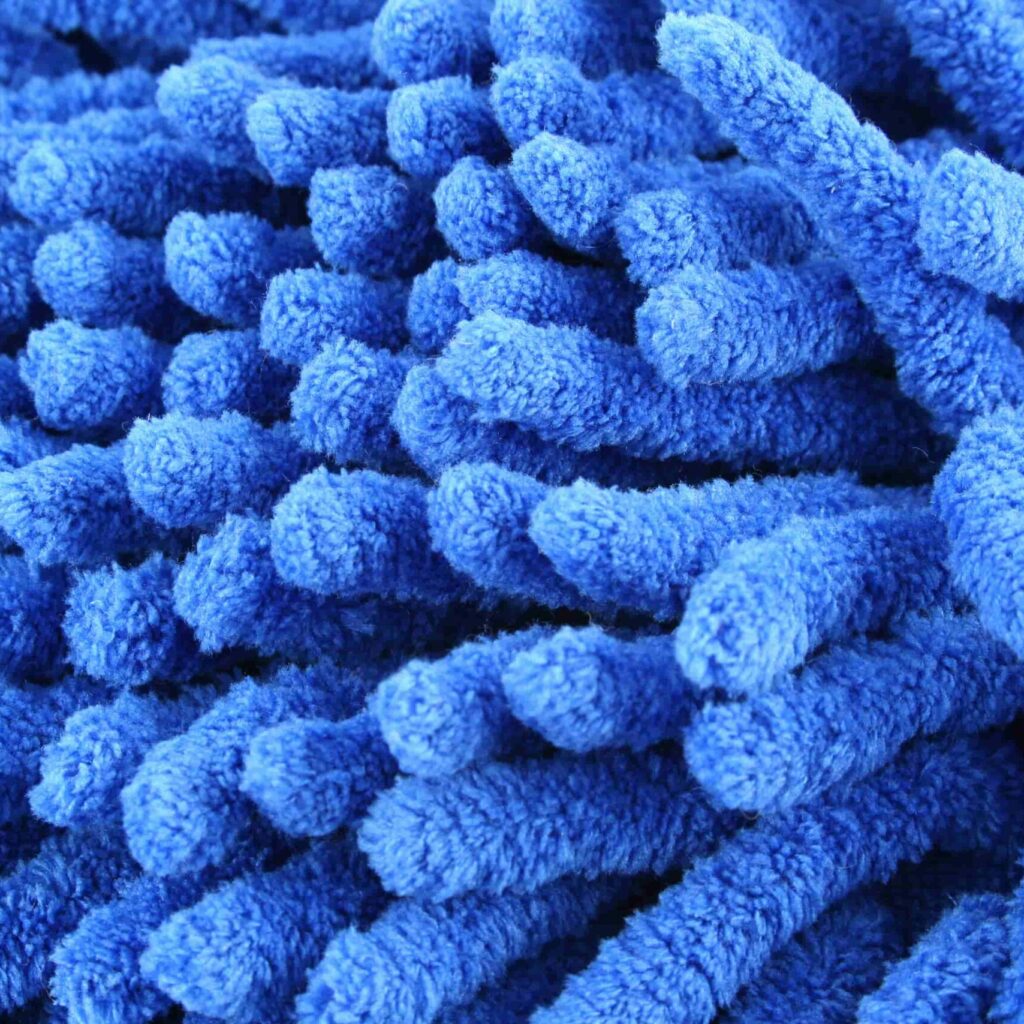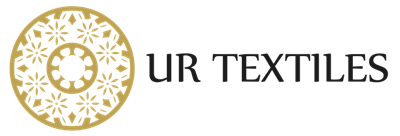What kind of fabric is microfiber?
There are different definitions of microfiber home textiles, also known as microfiber, fine denier fiber and very fine fiber.
Generally, fibers with a size of less than 0.3 denier (5 microns in diameter) are called ultrafine fibers.
Foreign countries have made 0.00009 denier ultra-fine wire. If such a wire is pulled from the earth to the moon, its weight will not exceed 5g.
China has been able to produce 0.13-0.3 denier microfiber. Superfine fibers are mainly composed of polyester and nylon polyimide (generally 80% polyester, 20% nylon and 100% polyester in China) (poor water absorption effect and poor hand feeling)).
The above is to introduce what kind of microfiber home textiles is, so what kind of fabric is microfiber made from?
The following is a small series to show you a product of microfiber home textiles, for your reference only.
In addition, you can also search “microfiber” in the search box at the head of this site to find all the products related to microfiber fabrics.

Advantages of microfiber home textiles:
1. Microfiber has the characteristics of only one twentieth of the diameter of real silk. Good wiping effect! No hair loss! No pilling! Do not damage the clean surface!
2. High quality. It is made of imported 100% microfiber, antibacterial microfiber home textiles(more than 90% super antibacterial rate), without any chemical substances, fine workmanship, warp knitted structure, soft and delicate fluff, excellent hand feel, no silk pulling, no loop falling and no cilia falling.
3. High water and sweat absorption.
Disadvantages of microfiber fabrics:
1. The production process of superfine fiber is complex, so the cost is high. The normal superfine fiber is several times that of pure cotton;
2. Microfiber cannot be sterilized at high temperature, and its temperature cannot exceed 65 degrees. Of course, you can’t iron Microfiber with an iron;
3. Due to strong adsorption, it cannot be mixed with other items, otherwise it will be stained with a lot of hair and dirt.
What’s the difference between microfiber and polyester for quilt filling?
There are different definitions of microfiber home textiles, which is also called microfiber, fine denier fiber and very fine fiber.
Generally, microfiber home textiles with a size of less than 0.3 denier (5 microns in diameter) are called ultrafine fibers.
Foreign countries have made 0.00009 denier ultra-fine wire. If such a wire is pulled from the earth to the moon, its weight will not exceed 5g.
China has been able to produce 0.13-0.3 denier microfiber.
Superfine fibers are mainly composed of polyester and nylon polyimide (generally 80% polyester, 20% nylon and 100% polyester in China) (poor water absorption effect and poor hand feeling)).
2. The ultra-fine fiber greatly reduces the stiffness of the silk due to its extremely fine size, and makes the fabric feel extremely soft.
The fine microfiber home textiles can also increase the layered structure of the silk, increase the specific surface area and capillary effect, make the reflected light inside the fiber more finely distributed on the surface, make it have the elegant luster of real silk, and have good moisture absorption and moisture dissipation.
The clothing made of superfine fiber is comfortable, beautiful, warm and breathable. It has good drapability and fullness, and has obvious improvement in hydrophobicity and antifouling.
Using the characteristics of large specific surface area and softness, different tissue structures can be designed to absorb more sunlight and heat energy or lose body temperature faster, so as to warm in winter and cool in summer.
3. Polyester fiber is a synthetic fiber obtained by spinning polyester polycondensated from organic dibasic acid and diol.
The industrial mass-produced polyester fiber is made of polyethylene terephthalate. The trade name in China is polyester.
It is the largest variety of synthetic fiber at present.


